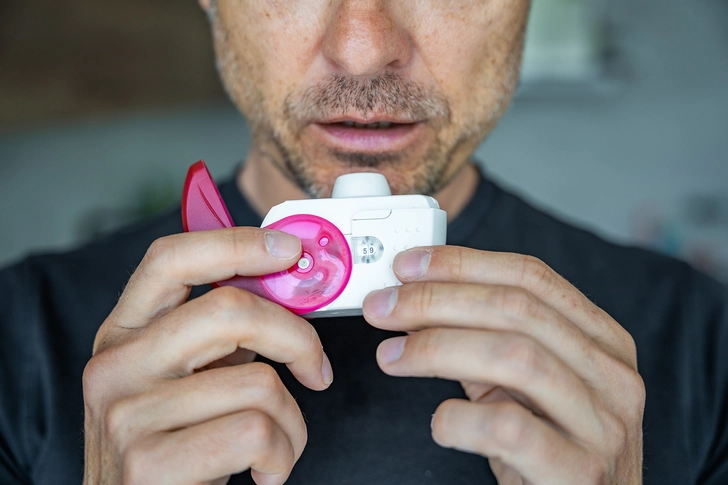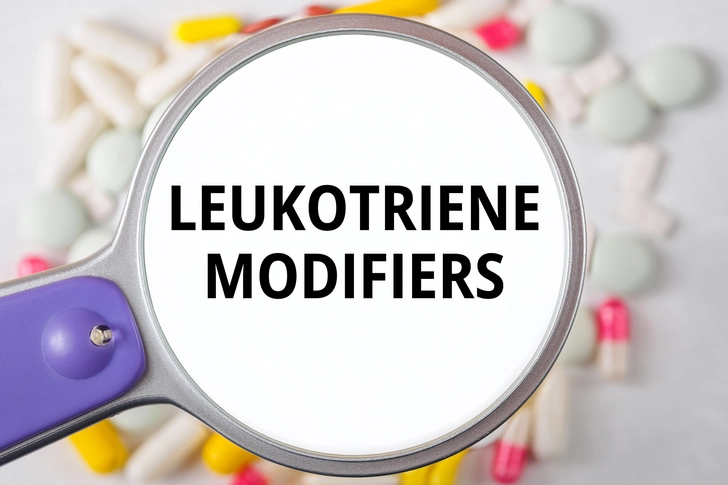Treating Eosinophilic Asthma


Treating Eosinophilic Asthma
Eosinophilic asthma is very rare, so getting diagnosed can take a while. But once doctors know you have it, they turn to treatments specifically focused on this kind of asthma.

Corticosteroids
Corticosteroids can help you breathe normally and prevent your asthma symptoms from worsening. You can use inhaled corticosteroids daily, but you should rinse your mouth afterward. Otherwise, you can get thrush, a fungal condition in your mouth. The inhaled versions may not work well in eosinophilic asthma, so you may need to take corticosteroid pills. But these have more side effects.

Fast-Acting Inhalers
Fast-acting inhalers, called bronchodilators or rescue medicine, can quickly open swollen airways. You can also use them with inhaled corticosteroids. Depending on which kind your doctor prescribes, side effects can include dry mouth, heart palpitations, or nervousness.

Leukotriene Modifiers
Leukotrienes are chemicals in your immune system that make your asthma worse. Medicines called leukotriene modifiers, such as montelukast and zafirlukast, can help ease your symptoms. Rarely, some people get agitated and anxious when taking these meds. If this happens to you, tell your doctor.

Biologics
Biologics are medicines that block the chemicals causing inflammation in your lungs. Unlike inhalers or pills, you get them as shots or by IV infusion. Drugs such as benralizumab and dupilumab are common examples. Rarely, some people could have a severe allergic reaction called anaphylaxis.

Bronchial Thermoplasty
Your doctor may recommend bronchial thermoplasty if other treatments aren't controlling your symptoms. It's a procedure where a specialist uses thermal heat to reduce the smooth muscle in your airways to keep them from closing during an asthma attack. This option may require multiple sessions and is still being studied.
PHOTO CREDENTIALS
Slide 1 - Shidlovski
Slide 2 - Tatiana Diuvbanova
Slide 3 - New Africa
Slide 4 - daniiD
Slide 5 - New Africa
Slide 6 - NMK-Studio
SOURCES:
Asthma.net: "Asthma Subgroups: Diagnosing, Treating Persistent Eosinophilic Asthma.”
Mayo Clinic: "Eosinophilia." "Corticosteroid (Inhalation Route)," "Oral Thrush," "Anaphylaxis," "Asthma."
American Partnership for Eosinophilic Disorders: "Eosinophilic Asthma."
Albert A. Rizzo, MD, senior medical advisor to the American Lung Association; section chief of pulmonary medicine, Christiana Care Health System, Newark, DE.
MedlinePlus: "Fluticasone, Umeclidinium, and Vilanterol Oral Inhalation."

